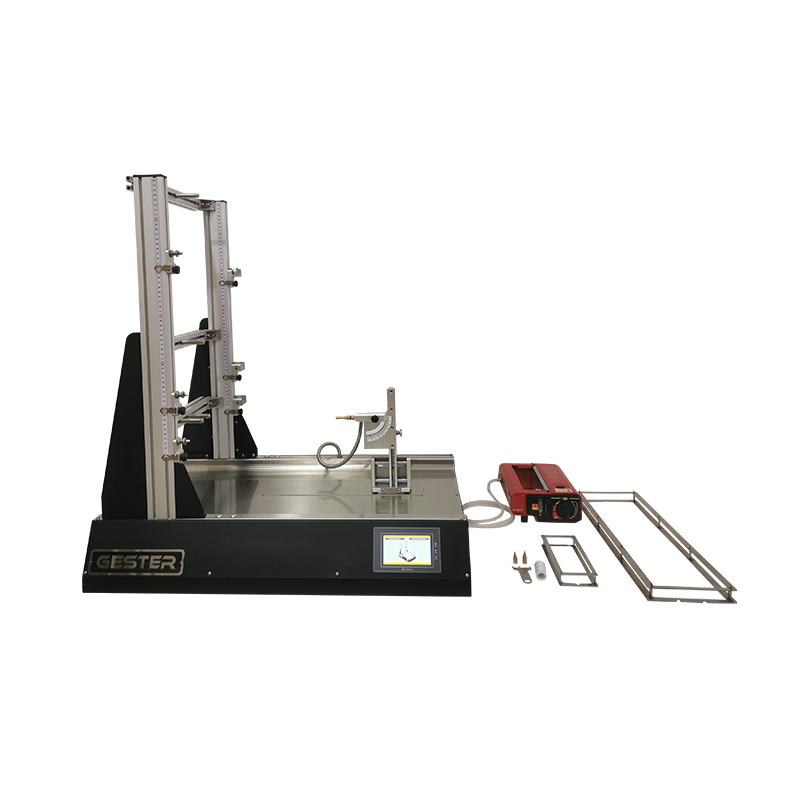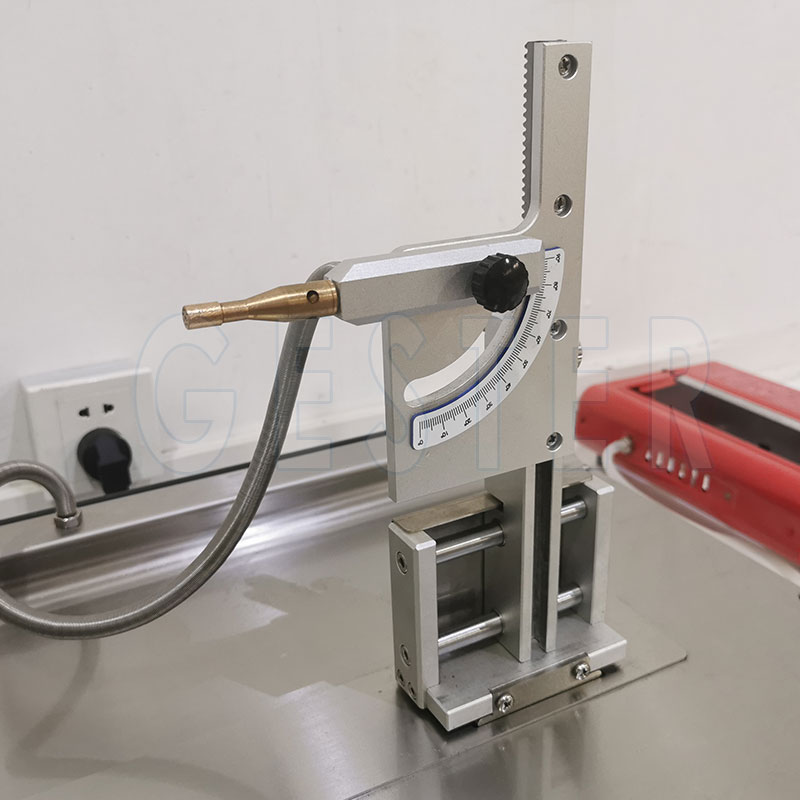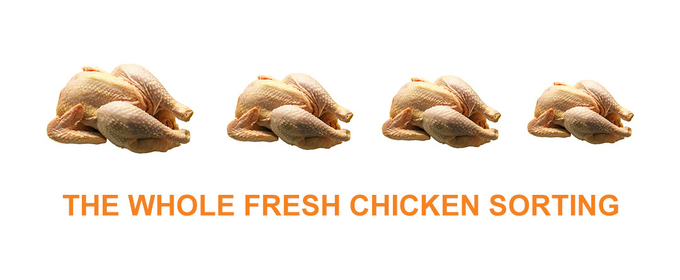A Universal Testing Machine (UTM) is a versatile and widely used piece of equipment in materials testing. It can perform a variety of tests, including tension, compression, bending, and shear tests, on different materials such as metals, plastics, and composites. Here are some key advantages of using a Universal Testing Machine for Tensile Test:

Multi-Functional: A Universal Testing Machine for Tensile Test can conduct a wide range of tests, making it a highly versatile tool in both research and industrial settings. It can test materials under different loading conditions, including tensile, compressive, and flexural loads.
Wide Range of Materials:Universal Testing Machines for Tensile Test can test various materials such as metals, polymers, textiles, rubber, and composites, making it an essential tool across multiple industries.
2. High Precision and Accuracy
Accurate Measurements: UTMs are designed to provide highly accurate measurements of material properties like tensile strength, yield strength, and elongation at break. This accuracy is critical in ensuring the reliability and safety of materials used in manufacturing and construction.
Consistent Results: Universal Testing Machines for Tensile Test are equipped with advanced load cells and extensometers that ensure consistent and repeatable test results, which is essential for quality control and material certification.
3. User-Friendly Interface
Ease of Operation: Modern universal testing machines come with user-friendly software interfaces that allow operators to easily set up tests, monitor progress, and analyze results. This reduces the learning curve and allows for efficient operation even by less experienced technicians.
Automation Capabilities: Many universal testing machines offer automation features that enable the machine to run tests with minimal manual intervention, increasing productivity and reducing the likelihood of human error.
4. Data Collection and Analysis
Comprehensive Data Output: universal testing machines can record and output a wide range of data points, which can be used for detailed analysis of material properties. This data is crucial for understanding the performance characteristics of materials under different conditions.
Real-Time Monitoring: Advanced universal testing machines provide real-time monitoring of test parameters, allowing for immediate adjustments and analysis during the testing process.
5. Durability and Longevity
Robust Construction: universal testing machines are built to withstand heavy use and harsh testing environments. Their robust construction ensures long-term reliability and minimal maintenance, providing a good return on investment.
Adaptability: Universal testing machines can be upgraded or customized with additional accessories and fixtures to accommodate new testing standards or material types, making them a future-proof solution for testing laboratories.
6. Compliance with Standards
Standardized Testing: Universal testing machines are designed to meet international testing standards such as ASTM, ISO, and DIN. This ensures that the tests performed are in compliance with global industry requirements, which is crucial for product certification and regulatory approval.
Standards:
ISO13934-1, 13934-2, 13935-1, 13935-2, 13936-1, 13936-2, 13936-3, 13937-2, 13937-3, 13937-4, 1421, 2411, 2062, 4674-1, 5082, 9073.3, 9073.4, 9073.18
ASTM D 434, D751, D885 , D1683, D2256, D2261, D2724, D2731, D3787, D4034, D4964, D5034, D5035, D5587, D5733, D5735 .
BS 2543, 2576, 3320, 3424, 4303 , 4304,
M&S P11, P12, P13, P14
JIS L1096
7. Economic Efficiency
Cost-Effective: By consolidating multiple testing functions into a single machine, universal testing machines reduce the need for separate equipment for different tests, thereby saving space and cost. Additionally, the high accuracy and reliability of universal testing machines reduce material wastage and the cost of failed products.
GESTER: Leading Manufacturer of Universal Testing Machines
Industry Expertise: GESTER is a prominent manufacturer of Universal Testing Machines, known for its innovation and quality. Our company has a strong reputation for producing reliable and advanced UTMs that meet the rigorous demands of various industries.
Customized Solutions: GESTER provides customized solutions tailored to the specific needs of its clients, ensuring that their UTMs deliver optimal performance for the intended applications.
Global Presence: With a global customer base, GESTER has established itself as a trusted provider of testing equipment, offering comprehensive support and services to ensure customer satisfaction.







